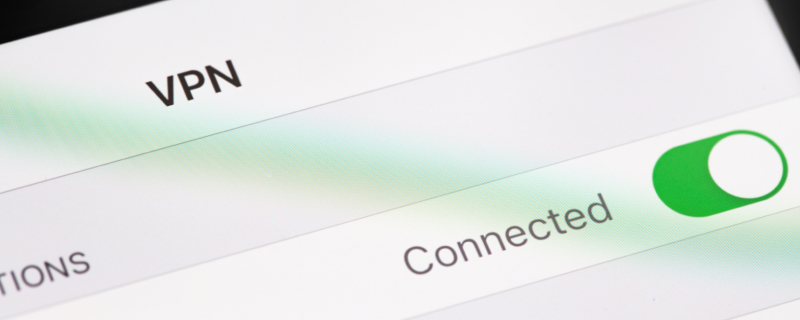
- 6 min read
- Aug 23, 2023

Are you seeking to establish a robust, secure, and private network for your internet connections? Look no further than WireGuard, a simple, fast, and modern VPN that utilizes state-of-the-art cryptography. In our mission to make superior VPN services accessible, we have devised a comprehensive guide on how to install WireGuard on routers running OpenWrt and LuCI.
First things first, let’s talk about OpenWrt and LuCI. OpenWrt is an open-source project that provides a fully writable filesystem and package management on your router, unlocking new potentials. LuCI is a free, lightweight, and user-friendly web interface for OpenWrt. By installing WireGuard on your OpenWrt and LuCI-powered routers, you can create a supercharged VPN network right at your fingertips.
To start, ensure your OpenWrt system is up to date. Log in to your router’s LuCI web interface and navigate to “System” and then “Software”. Click “Update lists” to refresh the available package database.
Now, it’s time to install WireGuard. Go to the “Software” page, type “WireGuard” in the search box and hit “Enter”. From the resulting list, find and select “wireguard” and “luci-app-wireguard”. Click “Install” and confirm your choice.
The next step is configuring WireGuard for your needs. Navigate to “Network”, then “Interfaces”. Click “Add new interface”, provide a name, and set the protocol to “WireGuard VPN”. You’ll then need to set up your public and private keys. This can be done manually, or you can use a key generation tool.
Enter your peers’ public keys and endpoint information, and don’t forget to define allowed IPs. This dictates which IP addresses will be allowed to connect through your VPN.
After completing the above steps, it’s crucial to test your setup to ensure it works properly. Attempt to connect to your new VPN, check the status under the “Interfaces” tab. If it’s green, congratulations, your VPN is up and running!
A few more details worth noting: when adding peers, remember that the endpoint defines the IP and port WireGuard will connect to, while allowed IPs define which IPs/Networks are sent through the tunnel.
Installing WireGuard on OpenWrt and LuCI-enabled routers provides a potent blend of performance and security. With this guide, we hope that setting up your personal VPN becomes a breeze. Embrace the freedom of secure, private internet browsing that is fast, reliable, and flexible. And remember, if you ever encounter issues, the OpenWrt and WireGuard communities are brimming with people ready to help.



